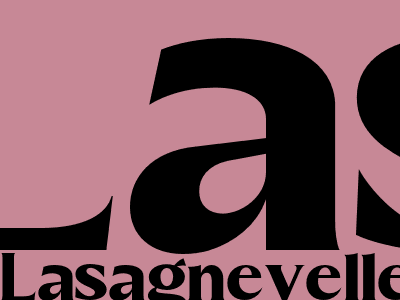
Lasagnevellen Koken
How to Create a Successful Blog Strategy
Introduction
In today's digital landscape, having a strong blog strategy is crucial for businesses looking to establish thought leadership, connect with their target audience, and drive traffic to their website. A well-executed blog can serve as a powerful marketing tool, helping businesses achieve their goals and grow their brand. In this comprehensive guide, we will delve into the key elements of a successful blog strategy and provide practical tips to help you create compelling content that resonates with your audience.
1. Define Your Target Audience
Understanding your target audience is the foundation for developing an effective blog strategy. Ask yourself: Who are you trying to reach with your content? What are their interests, demographics, and pain points? Tailoring your blog content to the specific needs of your target audience will increase its relevance and engagement.
2. Establish Clear Goals
Before you start creating content, clearly define your blog's goals. Do you want to increase brand awareness, generate leads, drive traffic to your website, or establish yourself as a thought leader in your industry? Having明確known goals will guide your content strategy and help you measure the effectiveness of your blog.
3. Conduct Keyword Research
Keyword research is crucial for optimizing your blog content for search engines. Identify the keywords that your target audience is searching for and incorporate them naturally into your blog posts. Using relevant keywords will improve your blog's visibility in search results and increase the chances of your content being discovered by potential readers.
4. Create High-Quality Content
The cornerstone of a successful blog is high-quality content that provides value to your audience. Focus on creating informative, engaging, and well-written blog posts that address the needs and interests of your target audience. Provide actionable insights, offer solutions to problems, and share valuable information that will resonate with your readers.
5. Optimize for On-Page SEO
On-page SEO involves optimizing your blog posts for search engines. Use relevant keywords in your title, headings, and throughout the content. Make sure your blog is mobile-friendly, has fast loading times, and includes high-quality images and videos. Implementing these on-page SEO techniques will improve your blog's ranking in search results and make it more accessible to your target audience.
6. Promote Your Blog Content
Once you've created great content, it's time to promote it and get it in front of your target audience. Share your blog posts on social media, engage with your followers, and participate in relevant online communities. Consider promoting your content through paid advertising to reach a wider audience.
7. Monitor and Analyze Results
Regularly monitoring and analyzing your blog's performance is crucial for understanding what's working and what needs improvement. Use analytics tools to track key metrics such as traffic, engagement, and conversions. Analyze this data to identify areas for improvement and make data-driven decisions to optimize your blog strategy.
Conclusion
Creating a successful blog strategy requires a combination of planning, execution, and ongoing optimization. By following the steps outlined in this guide, you can develop a blog that engages your audience, drives traffic to your website, and supports your overall marketing goals. Remember to stay up-to-date with the latest trends in blogging and content marketing to ensure that your blog remains relevant and effective.
Comments